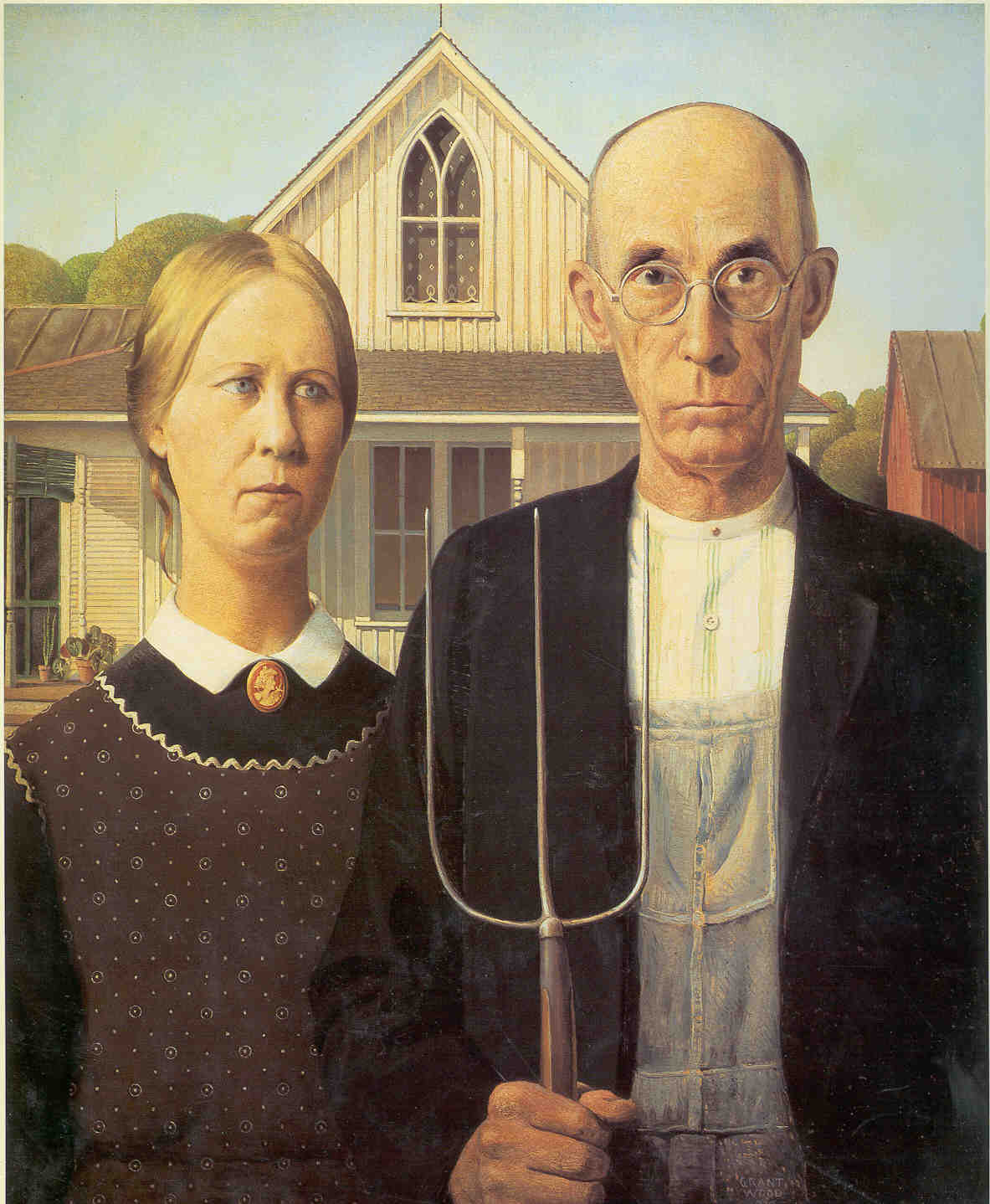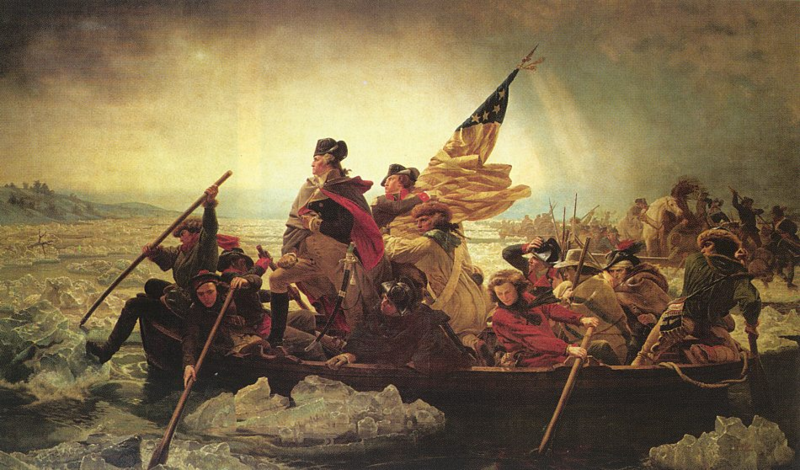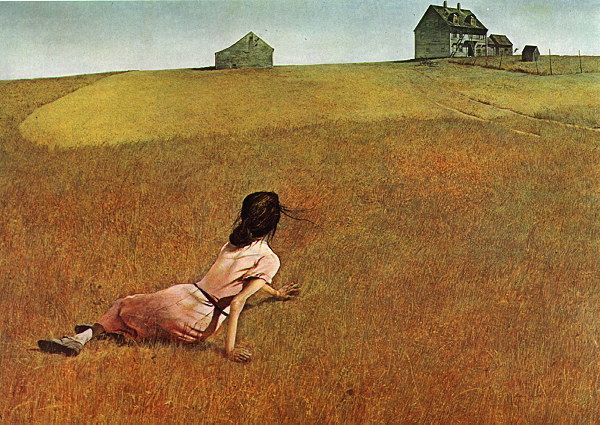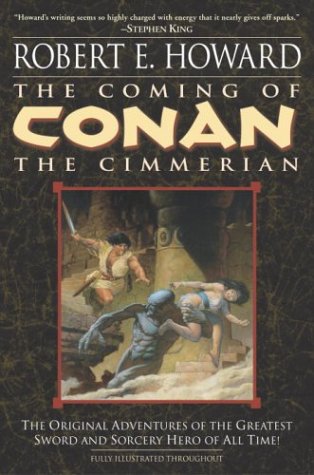New DaRK
DP's Magical Mystery Tour #5Did You Win "The Beautiful Cigar Girl"?
Great Openings: Edgar Allan Poe Edition
5 Questions About: Conan the Barbarian
Comic Noir
Cracked-Back Book Reviews: January 2009
Essay: The Twilight of Reading
Comics for Literature Professors
Thoughts from the Shadows: Seismic Changes in the ...
Our Favorites (and Not So Favorites) from 2008
Our Ongoing Features
5 Questions AboutLiterary Criticism
Fantastically Bad Cinema
Essays
Under God's Right Arm
Archive
May 2006June 2006
July 2006
August 2006
September 2006
October 2006
November 2006
December 2006
January 2007
February 2007
March 2007
April 2007
May 2007
June 2007
July 2007
August 2007
September 2007
October 2007
November 2007
December 2007
January 2008
February 2008
March 2008
April 2008
May 2008
June 2008
July 2008
August 2008
September 2008
October 2008
November 2008
December 2008
January 2009
February 2009
March 2009
Twitter
DaRK PaRTY NeTWORK
Arcanum CafeAlcoholic Poet
Baby Got Books
Beaman's World
BiblioAddict
Biblio Brat
Bill Crider's Pop Cultural Magazine
The Bleeding Tree
Blog Cabins: Movie Reviews
A Book Blogger's Diary
BookClover
Bookgasm
Bookgirl's Nightstand
Books I Done Read
Book Stack
The Book Trib
Cold Hard Football Facts
Creator of Circumstance
D-Movie Critic
The Dark Phantom Review
The Dark Sublime
Darque Reviews
Dave's Movie Reviews
Dane of War
David H. Schleicher
Devourer of Books
A Dribble of Ink
The Drunken Severed Head
Editorial Ass
Emerging Emma
Enter the Octopus
Fatally Yours
Flickhead
The Genre Files
The Gravel Pit
Gravetapping
Hello! Yoshi
HighTalk
Highway 62
The Horrors Of It All
In No Particular Order
It's A Blog Eat Blog World
Killer Kittens From Beyond the Grave
The Lair of the Evil DM
Loose Leafs From a Commonplace
Lost in the Frame
Little Black Duck
Madam Miaow Says
McSweeney's
Metaxucafe
Mike Snider on Poetry
The Millions
Moon in the Gutter
New Movie Cynics Reviews
Naked Without Books
A Newbie's Guide to Publishing
New & Improved Ed Gorman
9 to 5 Poet
No Smoking in the Skull Cave
Orpheus Sings the Guitar Electric
Polly Frost's Blog
Pop Sensation
Raincoaster
R.A. Salvatore
Reading is My Superpower
Richard Gibson
SciFi Chick
She Is Too Fond Of Books
The Short Review
Small Crimes
So Many Books
The Soulless Machine Review
Sunset Gun
That Shakesperherian Rag
Thorne's World
The Toasted Scrimitar
This Distracted Globe
Tomb It May Concern
2 Blowhards
Under God's Right Arm
A Variety of Words
The Vault of Horrr
Ward 6
When the Dead Walk the Earth
The World in the Satin Bag
Zoe's Fantasy
Zombo's Closet of Horror
Bookaholic Blogring
Power By Ringsurf
Tuesday, January 20, 2009
Celebrating America in Art
Inauguration Special: America Through the Eyes of its Most Iconic Art
What better way to honor the Inauguration of Barack Obama as the 44th president of the United States than to look back on the most famous paintings and artwork in U.S. history? Here are some of DaRK PaRTY’s favorite American iconic images.
American Gothic

Grant Wood painted “American Gothic” in 1930 as the United States was entering the Great Depression. The severe expressions on the face of the older man (modeled by Grant’s dentist) and the younger woman (Grant’s sister) seem to capture the essence of austere, hard-working Middle America. The painting is one of the most famous images in the world and one of the most parodied.
Whistler’s Mother

The actual name of the painting is “Arrangement in Gray and Black: Portrait of the Artist’s Mother.” Another painting that captures the harsh plainness of the American Mid-West. James Abbott McNeill Whistler painted it in 1871.
Portrait of Madame X

John Singer Sargent’s portrait of a French socialite Virginie Amelie Avegno Gautreau, rumored to be one of the most beautiful women in Paris (and legendary for her alleged infidelities). The painting captures Madame X’s personality and her contradictions. It was painted in 1884. Could only a "vulgar" American have painted it at the time?
Washington Crossing the Delaware

An 1851 oil painting by Emanuel Leutze celebrates Washington’s historic Christmas crossing of the icy Delaware River on his way for a surprise attack on the British at Trenton in 1776. The painting is notable for the way the sun breaks through the clouds and illuminates Washington’s face. The crew represents a cross-section of America.
The Oxbow

This painting by Thomas Cole is actually called “View from Mount Holyoke, Northhampton, Massachusetts, after a Thunderstorm.” It was painted in 1836 and encapsulates the two Americas of the time: the dark wilderness and the sunny civilization tamed by the settlers.
Breezing Up (A Fair Wind)

The American spirit for adventure and daring is represented in this painting of a father and his sons out sailing in a stiff wind. It was painted in 1876 by Winslow Homer.
Morning Sun

If Edward Hopper had been a fiction writer, he would have been Raymond Carver. Hopper depicted the loneliness and complexity of American culture in the shadow and light of his portraits. His most famous work is “Night Hawks,” but we love “Morning Sun,” which was painted in 1952.
Christina’s World

This 1948 painting by Andrew Wyeth (who recently died) depicts a young woman in an open field in Maine looking back at a gray house and barn in the distance. The woman actually suffered from a disease and couldn’t walk, yet the painting seems to capture her longing for her home.
The Problem We All Live With

Does any image capture our Civil Rights era and school integration better challenges than Norman Rockwell’s “The Problem We All Live With” painted for Look Magazine in 1964?
Campbell’s Soup

Andy Warhol’s 1968 painting of a Campbell’s Soup can (tomato) nails the idea of iconic American culture in one fell swoop. The simplicity of the work doesn’t speak to the complexity of what it says about the transformation of America in the 1960s.
7 Photographs That Changed the World
Media Critic Dan Kennedy Analyzes the Intersection of Politics & Media in the 2008 Election
Essay: The "W" Stands for Wicked Bad
 StumbleUpon |
StumbleUpon |
 del.icio.us |
del.icio.us |
 Technorati |
Technorati |
0 Comments:

This work is licensed under a Creative Commons Attribution-No Derivative Works 3.0 License.
The Template is generated via PsycHo and is Licensed.




